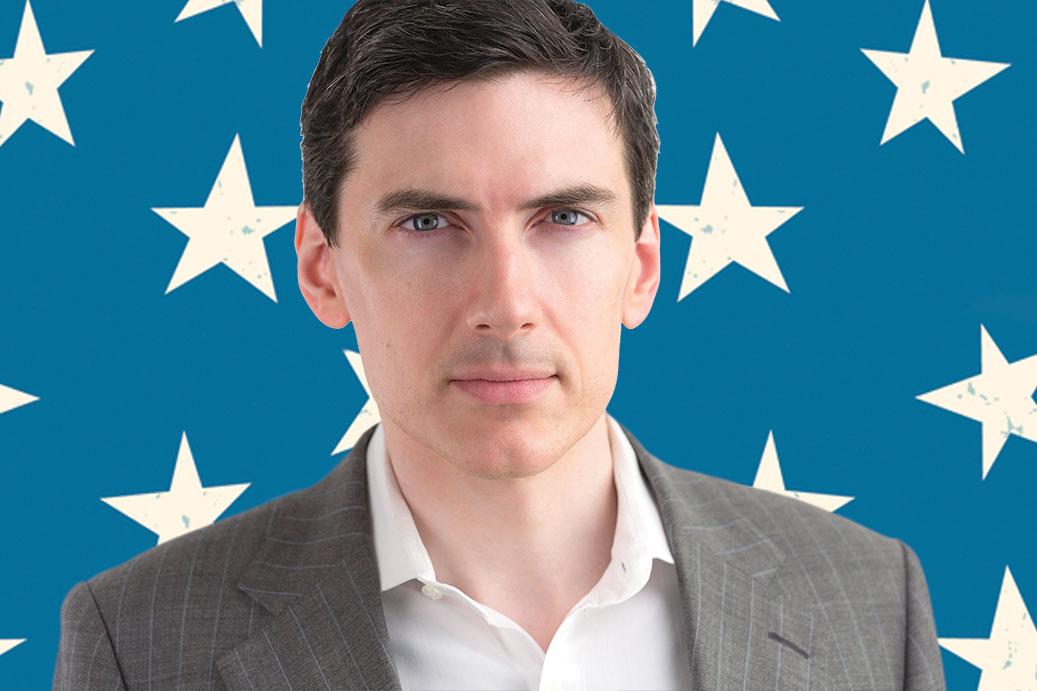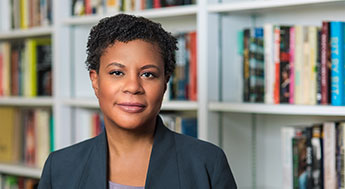Two Cheers for the Truth?
Partisan views can erode facts, IPR political scientist John Bullock finds
Get all our news
In the images used as part of a Washington Post survey, Barack Obama’s inauguration crowd is clearly larger, but some Republicans answered that Donald Trump’s inauguration had more people”
John Bullock
IPR political scientist
Which word has more letters, Clinton or Trump?
The answer may seem obvious: Seven is greater than five, so Clinton is the longer word. Yet in 2017 when conservatives faced a similar question that asked them to compare two photos of dissimilar crowds, something interesting happened.

Partisans might know what they are saying is false but say it anyway if the claim seems to support their political party, according to IPR political scientist John Bullock.
“In the images used as part of a Washington Post survey, Barack Obama’s inauguration crowd is clearly larger, but some Republicans answered that Donald Trump’s inauguration had more people,” says IPR political scientist John Bullock. “It’s hard to believe that the people who gave that answer actually believed it. I use it in my research as an example of people acting insincerely.”
Insincere answers, Bullock believes, are part of the wedge driving political partisans further apart. People may know that what they are saying is false, but if the claim seems to support their political party—or criticize the other party—they may say it anyway.
To shed light on the paradox, Bullock is determining how engrained this partisan cheerleading might be.
His experiments have shown that small payments for correct and “don’t know” answers to factual questions sharply diminish the gap between partisan Democrats and Republicans. On average, Bullock says, people do think through unbiased information when they are incentivized to give their considered opinion rather than a “motivated response.” Motivated responses, he says, can be pure cheerleading, or can result when people believe that they are answering sincerely, even if they are drawing on memories in a biased way—as can occur when someone consumes only partisan media.
“Our conclusion is that the apparent gulf in factual beliefs between members of the different parties may be more imagined than real,” says Bullock. “To say the two sides aren’t that different might seem like a good thing, but it also means that people’s beliefs about factual matters, like the economy, matter less to vote choice than we might have thought. So I’m not sure that our findings are entirely good news.”
Even if people don’t necessarily believe strongly in their answers to survey questions—in a 2010 Harris Poll, nearly 1 in 4 Republicans said they thought Obama might be the Antichrist—there is no denying the resulting fissure in American politics. And the very real dislike for the other side seems to be worsening, says Bullock.
“A few decades ago, when asking parents if they would be unhappy if their child married someone who identified with the opposing party, extremely few people would have said ‘yes,’” Bullock points out. “Today, those polls show that a near majority of people would be dissatisfied with the choice.”
But how can the intense negative feelings that Democrats bear toward Republicans and vice versa, be reduced?
Bullock considers two possibilities: The first is to encourage face-to-face contact across partisan lines. The contact may be minimal. It doesn't—and perhaps shouldn't—involve talking about politics.
“Evidence suggests that this sort of contact reduces partisan enmity—especially relative to exchanges that are conducted through social media,” Bullock says. “The second option is to promote nationalism. Some evidence suggests that emphasizing common nationalism reduces Democrats' dislike of Republicans, and vice versa.”
John Bullock is associate professor of political science and an IPR fellow.
By Roger Anderson. This article was originally published by Northwestern Research.
Published: March 23, 2018.


